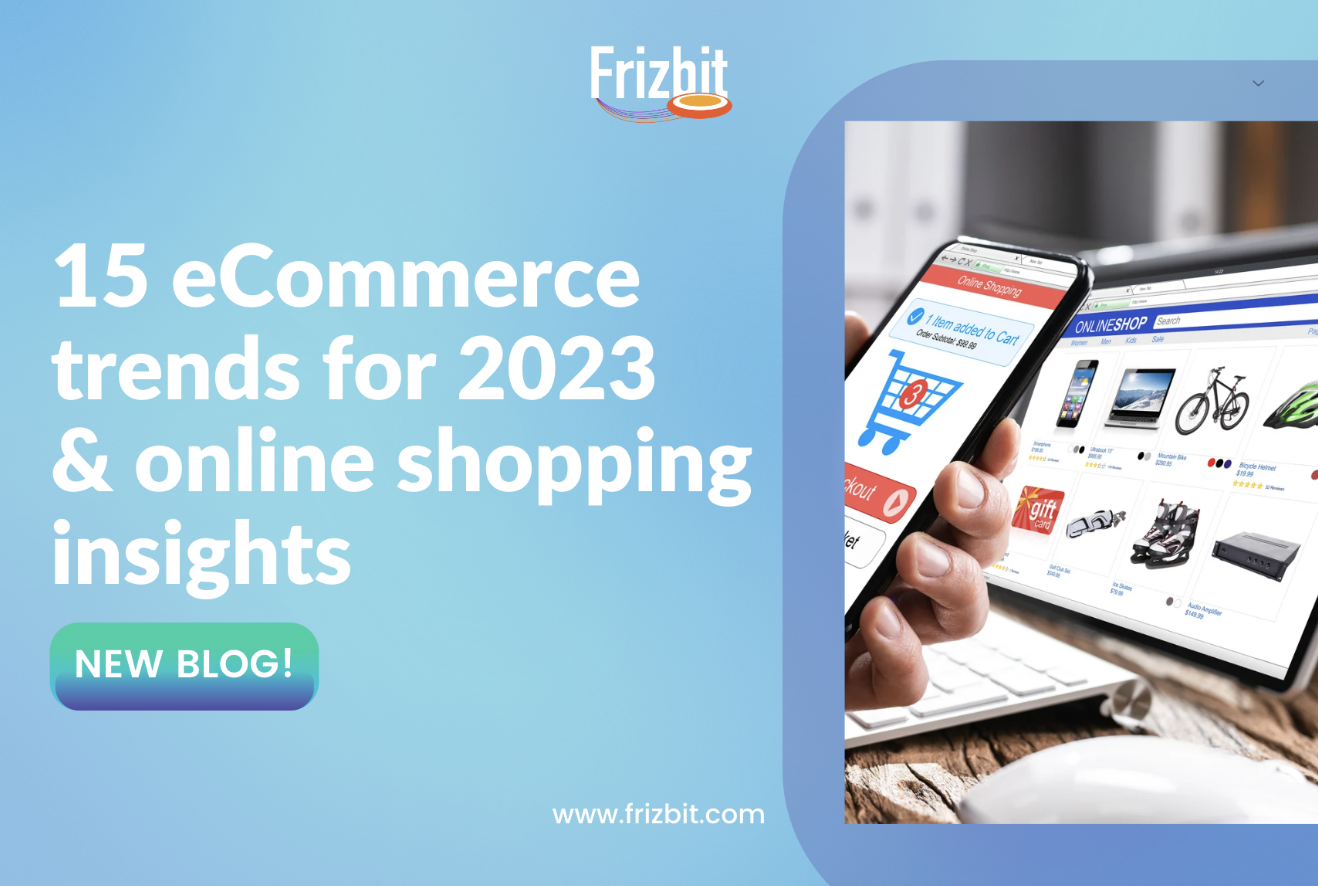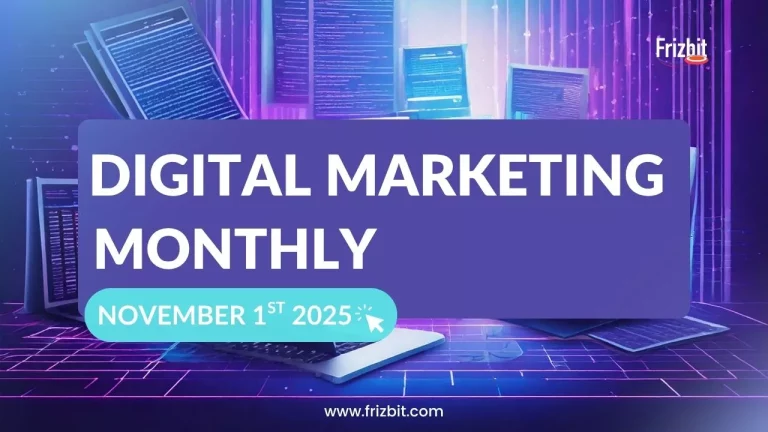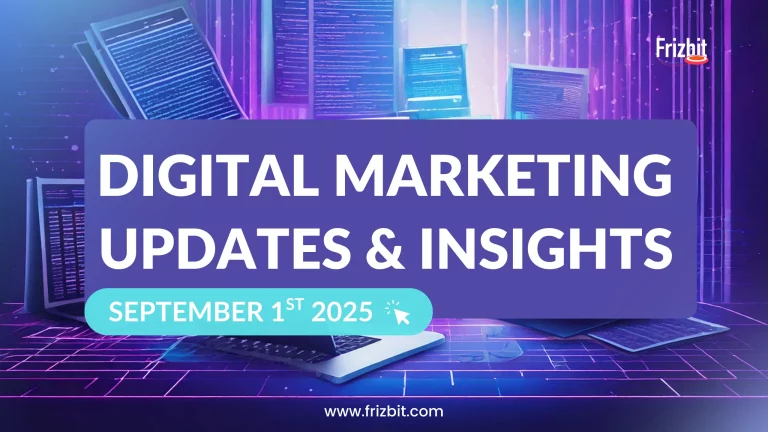In the past few years, the e-commerce market has evolved from being merely a brick-and-mortar counterpart to an ecosystem that involves several devices and innovative store concepts. Customers are offered a wide range of new approaches to shopping that have managed to adapt to the new habits and preferences of the consumers.
According to the Statista 2022 eCommerce report, this is a growing field, just by 2022, the worldwide eCommerce sales volume with $3,590 USD billions was higher than the GDP of France, with $2,778 USD billions. By 2027, this figure could reach a total of $6,395 USD billion in sales volume, which by that time is predicted to be even higher than the GDP of the UK region.
Now moving on to the revenue, the total eCommerce revenue forecast from 2022 to 2027 in billion US$ is stated as following:
- China is expected to grow +5.8% according to the compound annual growth rate
- The U.S. is expected to face the largest growth with +18.3%
- The rest of the world is expected to grow by +5.5%
This understandably positions the U.S. and Europe regions to be those that are expected to grow more than other regions like China from 2022 to 2027.
Having said this, it is clear that the eCommerce industry shouldn’t be taken lightly. In this article, we’ll examine 15 key trends predicted for 2023 that are already changing how customers shop today.
For 2023, we can expect to see how inflation making consumers research more before spending less, live and social shopping experiences, new payment options like cryptocurrencies and gift cards; cross-border online shopping; on-site personalization powered by AI, the relevance of bringing subscriptions back, how customer service is one of the key strategies to differentiate in 2023, and so much more.
Without further ado, let’s dive right into the 2023 eCommerce trends and online shopping insights.
1. Inflation will make consumers research more and spend less
Source: Deposit Photos
As the rise of inflation exceeds the forecasts, it will make consumers be more cautious and price sensitive. This means that they will be more likely to research products before buying them. In fact, in 2022, 45% of online shoppers in the U.S. researched online when planning a major purchase.
Another consequence that inflation might bring is that consumers may choose to buy less expensive brands than the ones they would have purchased otherwise.
Which preferences do customers have when purchasing online? How can you align with the concerns and likings of your customers?
- 44% indicated customer reviews help them achieve their last decision
- 32% said they prefer to purchase goods from various resellers through the same marketplace
- 25% prefer express shipping
- 21% make major purchases directly via their smartphone or tablets
The data stated above are clear actions that you can implement in your eCommerce store to increase customer loyalty and stay in the top of mind of your clients.
It’s also important for retailers to look at ways of engaging with their customers through content marketing so that they can build trust and loyalty with their brand.
This shift toward content marketing will require companies to rethink their strategies for running online ads, as well as how they use email marketing.
2. Omnichannel presence will be key to being part of the lifestyle of consumers

As mentioned above, adapting to the lifestyle and new habits that customers are facing is crucial to stay relevant. That’s where incorporating omnichannel strategies is a tactic that can change your game for 2023.
What does being omnichannel mean? It is, in other words, activating the synchronization of business data between channels. Its main representation in eCommerce stores is connecting a physical store with its online operations.
A great example of this is the worldwide beauty store Sephora. The store manages to transfer their online experience and tailored customer practices through their eCommerce apps. Through the app, a customer is able to shop online and retrieve the products in the store within two hours or have an entirely online shopping experience. The store has managed to keep the count of loyalty points gained, whether it was in the store or through the app. It doesn’t stop there as they have also incorporated email marketing and app push reminders for abandoned carts, product deals and offers and restock reminders. They know how to fit into the busy lifestyle of their customers.
But are there other means that we can achieve this? What if I don’t have a physical store?
Running an entire online store isn’t any inconvenience. For this, playing and incorporating digital customer journeys is the key strategic game plan for your company. If you have been dreaming about reaching your customer through the right channels, at the right time, with the right message, then strategically creating digital flows is your option to go.
Imagine the possibilities of reaching your customer since they merely visit your store. Now picture being able to reach them through their web browsers through type of web push notifications for e-commerce, sending strategic email marketing reminders, and getting even closer through SMSs and WhatsApp messages. This is precisely what Frizbit specializes at, and the results confirm it. By having an omnichannel presence, Frizbit can manage to level up by 8% of your revenue.
So whether you choose to have a mix of online and offline practices or merely online strategic tactics, being present in the customer journey of your client will be the key in 2023.
3. Live and social shopping is the next big thing
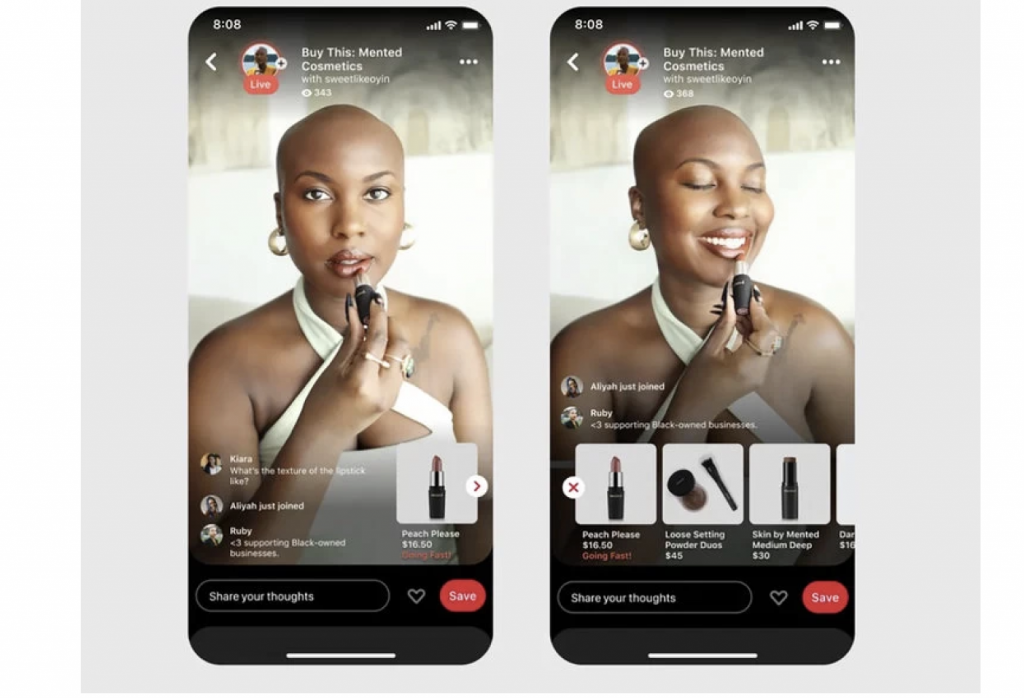
Throughout the year, we have seen and reported various social media updates featuring social media platforms like YouTube, TikTok, and Pinterest to bring to life the newest shopping trend of Live and Social Shopping.
Social media has provided a platform to help consumers share their experiences with friends, family, and followers. Today, consumers can watch videos of products in action and connect with other shoppers in real-time. This allows users to be able to engage with products before they buy them, in order to gain more information about what they’re purchasing.
Live video is also becoming increasingly popular on e-commerce sites as well as social media platforms like Facebook Live or Instagram Stories—both owned by Facebook – which give users the chance to interact with brands through live Q&As or tutorials from influencers such as bloggers or celebrities. Other channels like TikTok and YouTube are connecting fans with content creators and offering special deals for specific products. Pinterest, on the other hand, has even created a weekly series featuring well-claimed content creators featuring their favourite brands, as you can read more on our digital marketing news of October 2022.
As more people start using these features, it’s expected that we’ll see an increase in consumer demand for this kind of interaction between brand owners/retailers and their customers who want personalised advice before making purchases online.
4. New and emerging payment options

As new behaviours arise, adding alternative payment methods can be an excellent option to add on facilities to your customers. It is likely for a customer to abandon a website if he or she can’t pay in their desired way.
For this reason, offering a wide range of ways to pay can increase conversion rates, especially on mobile devices. For recurring customers, allowing them to save their payment information for a faster purchase experience can also lead to more purchases.
What trends can we expect?
-
- Blending online and offline payment methods: paying online but retrieving the product offline
- Virtual currencies for social media platforms: Content creators or accounts with large followings can receive in-apps tips from followers
- Digital wallets are here to stay: Clearly Apple Pay, Google Pay and Shop Pay are leading examples in this area. Don’t limit your customers’ methods of payment by not offering them the option to pay with a digital wallet.
- Emerging superapps to run a one-stop shop for lifestyle: The Chinese superapp is the most lively example of this new concept, in which aside from messaging, bank accounts are connecting making it easier to connect day-to-day life services.
- BNPL (buy now, pay later) companies should be a must in your eCommerce: With the current inflation situation, offering this facility might ease the burden of a one-time payment for your clients, such as Klarna or Afterpay. It’s a win-win for brands and shoppers.
- QR Codes everywhere: After the pandemic, interacting with QR Codes got more popular in the West. From menus displaying to placing and paying an order, QR Codes are the new online self-service payment option.
- Other mobile payment solutions: A nice example would be Bizum in Spain or PayPal worldwide.
5. Cross-Border Online Shopping is on the rise

The pandemic led to a big development in online shopping. It forced the lives of people to undergo a much-needed update to find new methods to reach customers. It is precisely the growth of eCommerce possibilities that has incentivized buyers to shop beyond their national borders.
As per a global eCommerce research report published in 2021, three out of four online shoppers (76%) will have made purchases outside their own country in 2021, which represents a significant increase from 69% two years ago.
The main reason customers are keener on cross-border shopping is finding lower prices of certain goods, accessing products unavailable locally, and discovering trending and new products.
How can you adapt to the cross-border trend?
Cross-border eCommerce has benefited from marketplace efforts to establish an international infrastructure, including efficient online payments, logistics, and warehousing. Online marketplaces focus on building platforms that fit local customer needs. By providing qualitative services, online marketplaces increase trust and act as an important driver for cross-border purchases.
6. E-commerce will become more personal and in-store shopping will become a social experience

We talked about omni-channelling for 2023, but how to get it right if you want to thrive in the online and offline space at the same time? Let us begin with a spoiler alert: mimicking one another won’t be sufficient.
The reasoning behind this is that customers have identified the pros and cons of each shopping mode and want to get the best of each of them intentionally. The pandemic left shoppers with both feelings of wanting to leave their homes, but at the same time, it changed the behaviours of customers.
Ultimately, e-commerce will become more personal, efficient and time-saving, and in-store shopping will become a social experience where personalisation doesn’t play a key role. The former will be used as a research tool and the latter as a means of interacting with others.
The one thing that’s certain is that e-commerce will continue to grow in popularity. With more people having access to the internet, it’s becoming easier than ever before to purchase things online. However, we must not forget that online and in-store shopping has come to serve different purposes, and this is an ongoing trend.
7. Personalised experiences can be used to improve customer loyalty and retention

The market has reached a stage where differentiation by price, product selection or quality is very difficult to achieve due to the strong competition. Therefore, to increase customer engagement and purchase frequency, merchants are developing strategies to build strong and loyal customer relations.
Great examples of this are Amazon Prime and Netflix. Through AI, both manage to create personalised interfaces targeting what their customers are likely to prefer. These platforms have managed to create a dialogue with the customer beyond sending out newsletters, which helps to bring loyalty. Actions such as being addressed by your name, and predictions on items that are based on your behaviour, can create an impact. Also, giving exclusive benefits, such as expedited and free shipping, are all effective ways to generate a sense of belonging in the digital landscape.
We’ve already mentioned that one of the expectations and benefits of the eCommerce space is its personalisation possibilities. One of the main differences to brick-and-mortar retail stores is the possibility to provide customers with style advice and inspirational content, as well as a wide range of different products and their versions.
In the hyper-personalization field, Frizbit has great capabilities as seen in the example above, thanks to our AI software development through our web push notifications we are able to create relevant alerts to users addressing them by their first name and target each phase of the funnel. In the example, we have placed a cart abandonment notification, which also manages to remind the user about a specific product.
Bringing personalised experiences to your eCommerce will influence the purchase decisions that users might take.
8. Subscriptions are a great way to keep customers coming back

The idea of subscriptions is not a new one, but the way in which we consume and purchase products has changed dramatically in the last few years. By using subscription services, companies can plan for inventory and sales that are already locked in.
Subscriptions were once reserved for services like magazine delivery. Still, now we see them pop up everywhere: streaming services like Spotify and Netflix are subscription-based, as are fitness apps like ClassPass, and meal kits like Blue Apron.
While these are all different types of subscriptions with varying price points and benefits, they have one thing in common: they convince users that they need or want something regularly enough that it’s worth paying for on an ongoing basis (or at least until you cancel). This makes subscriptions an excellent way to boost sales for companies.
9. Your Customer Service will be the key differentiator factor

With such a saturated market in the eCommerce space, to stand out from worldwide standards, offering a personalised and genuine customer service experience is crucial. Not only will it keep customers happy, but it is a great way to build loyalty and drive sales through positive word of mouth.
With such growing customer service expectations, how can your eCommerce business keep up? According to a study presented by PWC, 73% of consumers prioritise customer experience (CX) when making a purchase decision.
Here are some actions you can take to improve the customer service experience in your eCommerce:
- Adopt a mobile-first approach: Through a website widget or even an app, being present for customers from their mobile devices can allow them to find solutions on the go.
- Personalise your customer service: AI tools could help you address customer service through a personalised approach. Examples of this are addressing consumers by their first name, acknowledging their past purchases, and sending alerts tailored to their preferences.
- Offer omnichannel support: This is a must-have for 2023. Omnichannel support opens up the possibility of reaching wider audiences. A Forrest research points out that around 4 out 5 customers perceive the world as “fully digital” in 2022. Ultimately, this means that customers are expecting your eCommerce to be where they are or where they found you. Some of the most common touch-points are phone calls, social media messages and live chat options embedded in websites.
10. Sustainability will become more important

The rise of the new shopping trend, “recommerce” will bloom in 2023. This trend refers to a shopping model that includes buying and selling pre-owned goods. Sustainability has been playing a key role in consumer preferences and this gives brands the option to tap into this developing market, offering the chance to stand out with their ethical and environmental values and beliefs.
If you are still on the fence about whether this could be a good trend for your eCommerce, a study conducted by ThredUp indicates that C2C and B2B recommerce are expected to grow up to $64 billion dollars by 2024. These numbers indicate the huge potential of the market itself.
Who could be a great match for this trend?
Such purchases are most often made by the youngest consumers in the age group of 16-24 (81%) and 25-34 (80%) years old, according to a report released by Cuchman & Wakefield. Young people are the fuel that drives recommerce platforms and resale programs. This younger generation is aware of and considers the need to buy sustainable products produced from recyclable materials.
Some big industry leaders tapping into the recommerce trend are Back Market, which offers refurbished technology products by different levels or Vestiaire Collective, which offers a platform for buying and selling designer second-hand fashion goods.
11. Faster and more efficient shipping is a must for eCommerce businesses
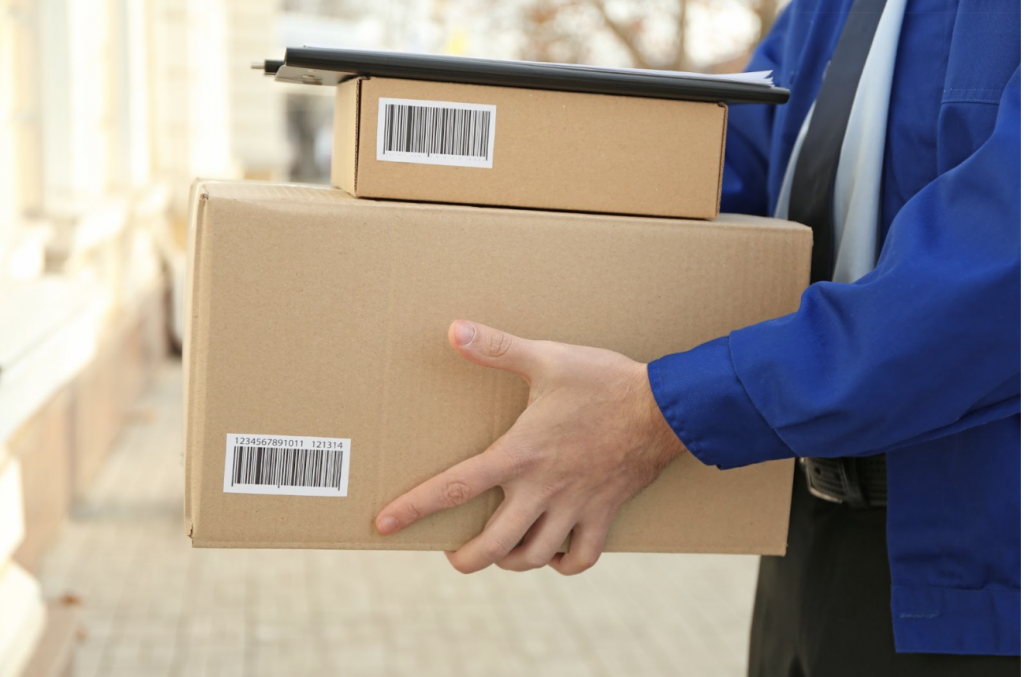
As a result of increased competition, consumers are becoming more demanding when it comes to the delivery time of goods, as we are getting used to express delivery services such as Getir or Gorillas. Before placing an order, customers are expecting to know with certainty when the package is arriving. In other words, customers are demanding transparency and reliability in regard to their shipping dates.
According to Shopify, 22% of users abandoned their carts because “there was no confirmed delivery date”, while 32% did so because “the projected shipping time was too long”. A brand that can’t keep up with its deadlines or provides accurate information, is a brand that risks reputation and might lose customers and sales.
One of the strategies you can take on to improve your shipping experience is to revisit your supply chain strategy, from how goods are being produced to how goods are being shipped.
Some actions you can take are:
- Increasing the manufacturing capacity of goods
- Increasing the speed of the supply chain in general
- Improving the collaboration with supply chain partners
- Decreasing associated supply chain costs
As Leon Hughes, associate partner of Piper Private Equity, states:
“We’ve seen brands opening up distribution centres in alternative countries to help with last-mile delivery and to reduce the travel between manufacturer and doorstep.”
12. User-generated content & reviews will become more important in decision-making

With the current economic situation and over-saturated market, genuine reviews and UGC (user-generated content) will be the key factors for boosting sales. In fact, according to StoryStream, 91% of consumers are more likely to remain loyal to brands they perceive authentic in their marketing.
We’ve already seen above the importance of how reviews are a relevant asset that can move the needle to make customers purchase more. In what regards specifically UGC, 62% of users reported feeling impacted by this type of content, compared to 38% for brand-created assets.
As, Alex Vidya, CEO of StoryStream stated:
“User-generated Content offers key social proof at crucial points of a consumer’s decision-making process – and is something online buyers proactively seek out to inform their purchase decisions.”
Having said this, including these assets in your content strategy and website isn’t an option anymore, but rather a must if you want to appeal to and retain customers.
13. New generations of consumers enter the marketplace

If millennials entering the market already made the world tremble, the newest Gen Z is no different. This generation is shaping the future of eCommerce and online shopping.
This completely changes how eCommerce and marketing strategies should be designed in order to thrive with this arising pool of potential customers. One of the biggest shifts is that they’re looking beyond tangible products and actually trying to understand what it is that makes the company tick. They are looking for aligned values that connect with them and the company they want to support.
For this generation, luxury has been redefined as they are no longer looking to slap big fancy brands onto their bags or shirts. Luxury is redefined as unique goods to stand out from the crowd. This is definitely different from what millennials have shaped over the years. While millennials seek that kind of showcaser status, Gen Z’s seek items that demonstrate their uniqueness and differentiation
Regarding their shopping patterns, they do enhance omnichannel shopping as they are no longer thinking of separate shopping formats, but rather they shop across all types of formats: pop-up stores, social media shopping, live shopping, traditional eCommerce shopping.
In other words, in every moment, they interact with the brands they are keen on, therefore being present on different channels and adjusting your content marketing strategy to communicate your values and authenticity is a must to appeal to this younger generation.
14. AI will be more important

In this increasingly fast-paced digital environment, eCommerce businesses strive to improve customization, personalization, and operational efficiency. Using AI is the easiest way to achieve this.
A report by Mckinsey & Company found that implementing AI can boost eCommerce revenue by 20%. The same report highlights that 27% of respondents saw at least 5% of earnings before interest and taxes to AI. This states that, clearly, the eCommerce sector is the leading adopter of this technology in 2023.
Let’s take a look at Amazon as an example. The company has reported that its AI-powered recommendation system drives 35% of its annual sales.
So what are some changes you can implement in your eCommerce partnering with AI to boost your sales?
- Enhance personalisation with hyper-personalisation in your messages and alerts.
- Introduce the usage of ChatBots to cut down the query resolution time of customers
- Incorporate a recommendation system in your checkout or product page
- Enable voice-shopping
- Intelligent visual research
15. Privacy Settings & Cookies
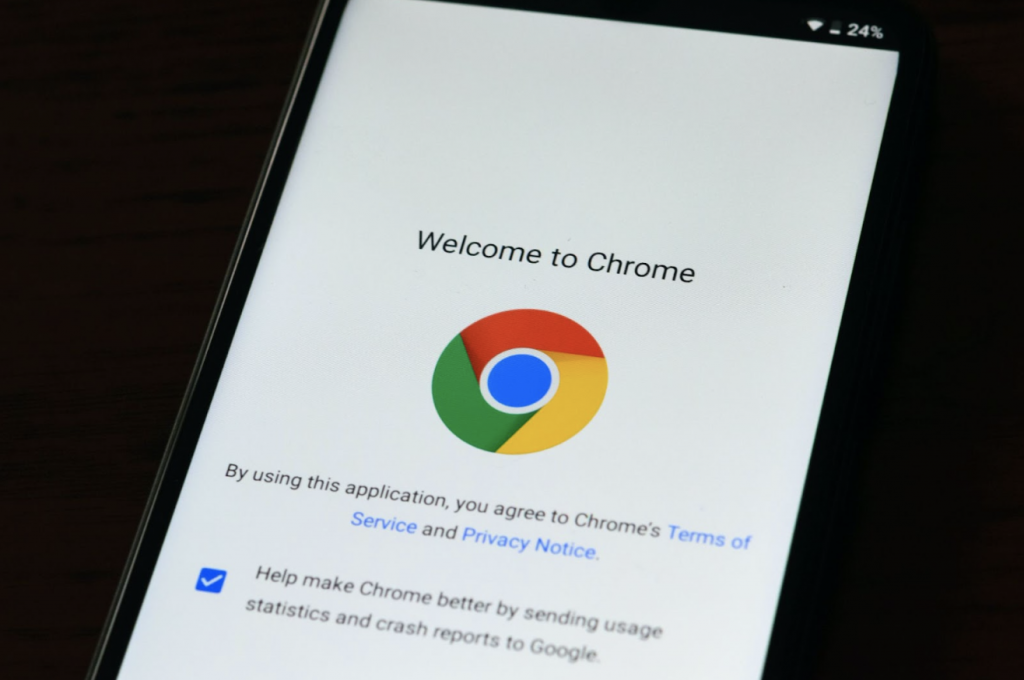
As you might have heard, third-party cookies have been a hot topic during the last few years as Google has announced stepping away from them in Google Chrome and introducing GA4. What does it mean for your eCommerce?
A report by Statcounter revealed that 65% of the worldwide population navigates using Google Chrome, so this is definitely an important matter for your company.
Businesses would have difficulty tracking the online behaviour of potential customers if third-party cookies were removed, which could affect remarketing and retargeting techniques.
We have listed some cookieless strategies for your business could tap into to avoid being affected by this:
- First-party cookies: They are set by a website a user is currently browsing. Due to their local storage and non-sharing, they enable personalization of the content on that website and adhere to data privacy regulations.
- Google Privacy Sandbox. It protects people’s online privacy while giving businesses the tools they need to market effectively
- Google’s Publisher Provided Identifiers: By using the functionality, publishers can create unique target segments, deploy campaigns using programmatic guaranteed deals or conventional reservations, and increase their advertising revenue.
Conclusions:
As many of you know, the eCommerce landscape is changing faster than ever before. With so many trends taking shape and new ideas emerging, it can be hard to keep up with what’s happening in the industry. If we had to summarise what 2023 will bring to the eCommerce industry, it would be to become a genuine omnichannel store for customers.
The future of the retail industry is bright and exciting. With the help of new technologies, retailers are able to go beyond their brick-and-mortar stores and into the digital sphere. For your eCommerce business to succeed and increase sales, you must adapt to one or more of the above trends.
